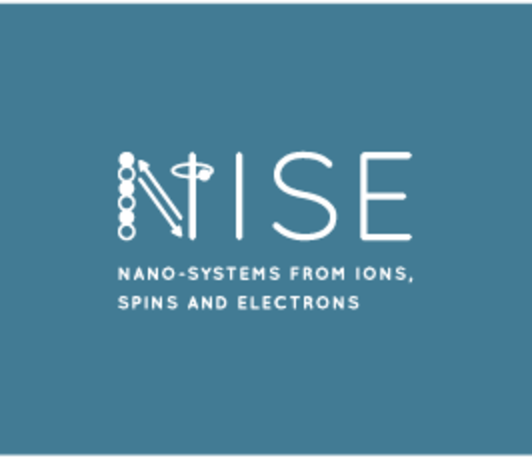Making Sense of Topological Solid-State Materials with Concepts from Quantum Field Theory: Axion Electrodynamics and Beyond
NISE Seminar
- Date: Nov 10, 2023
- Time: 03:00 PM - 04:30 PM (Local Time Germany)
- Speaker: Benjamin Wieder
- The Institute of Theoretical Physics (IPhT)
- Location: Max-Planck-Institut für Mikrostrukturphysik, Weinberg 2, 06120 Halle (Saale)
- Room: Lecture Hall, B.1.11

Just over 15 years ago, researchers discovered that readily accessible solid-state insulators can host seemingly exotic, symmetry-protected 3D generalizations of quantum Hall states. However more recently, high-throughput first-principles (DFT) calculations revealed that topological insulating (TI) states are not rare, but rather occur in thousands of known materials [1]. This raised a concerning question: if topological materials are everywhere, then is topology an inessential detail in describing materials, or are we just not applying the correct experimental probes? This question can partially be answered by recognizing that unlike quantum Hall states, the majority of 3D TI states in real materials are featureless from the perspective of the bulk and surface electromagnetic response. Nevertheless, we expect these TI states to carry properties that are just as robust to interactions, disorder, and sample details as other, better-understood topological phases of matter. Drawing on quantities from quantum field theory that are quantifiably robust to interactions and disorder, including boundary anomalies and axion (theta) angles, we have developed gauge-invariant numerical methods for extracting previously- unknown bulk and surface properties of symmetry-protected TI states [2]. Specifically focusing on the gauge-invariant, spin-sector-projected (resolved) topology of the DFT-obtained electronic structures of crystalline topological materials, we revisit the topological materials MoTe2 and BiBr, finding in particular that a novel, spin-charge-separated variant of axion electrodynamics governs the bulk spin- electromagnetic response of BiBr [3].
[1] M. G. Vergniory, B. J. Wieder, L. Elcoro, S. S. P. Parkin, C. Felser, B. A. Bernevig, and N. Regnault, Science (2022)
[2] F. Schindler, S. S. Tsirkin, T. Neupert, B. A. Bernevig, and B. J. Wieder, Nature Communications (2022)
[3] K.-S. Lin, G. Palumbo, Z. Guo, Y. Hwang, J. Blackburn, D. P. Shoemaker, F. Mahmood, Z. Wang, G. A. Fiete, B. J. Wieder, and B. Bradlyn, arXiv:2207.10099 (2022), To Appear in Nature Communications